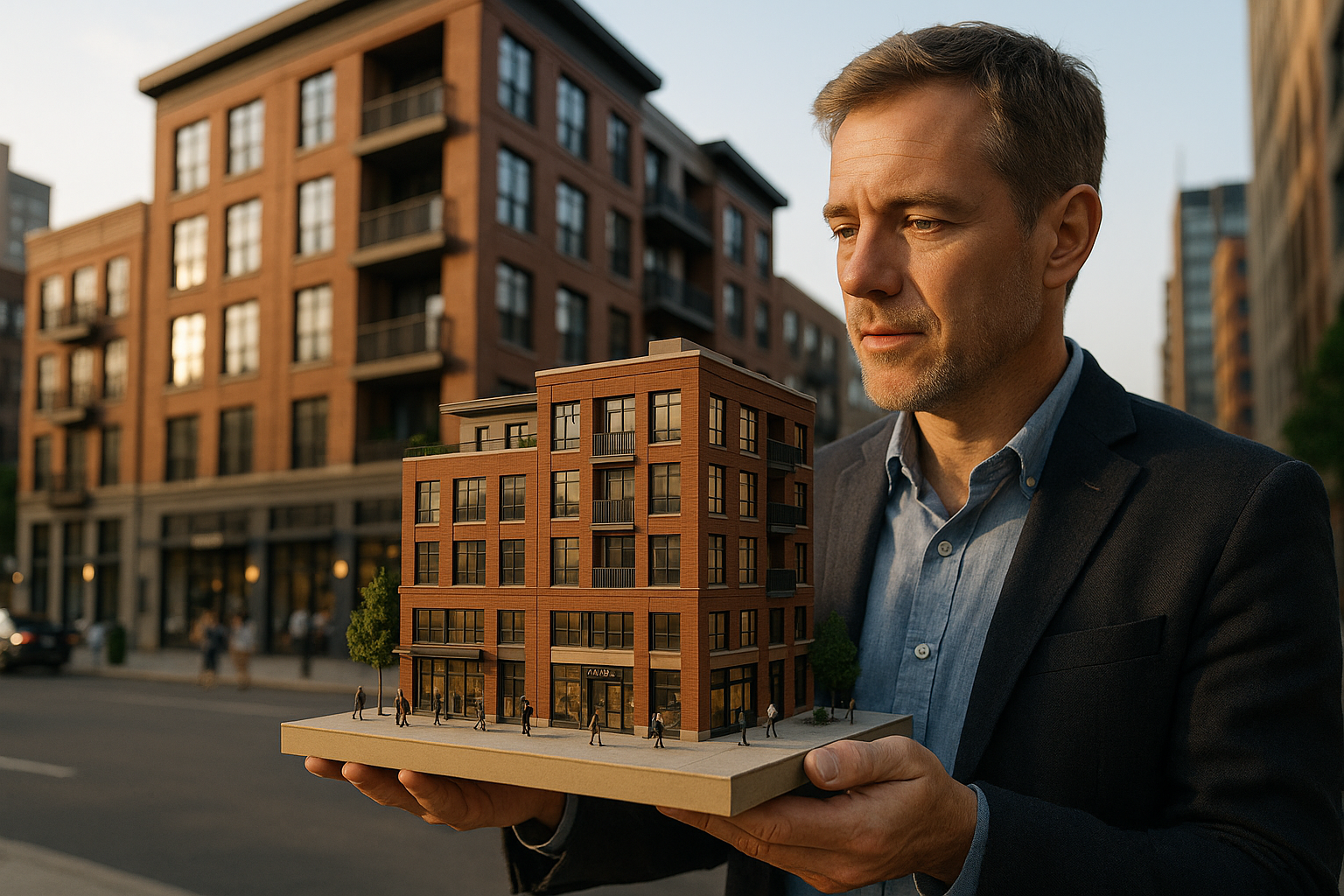Exploring the Benefits of Backyard Apartments in 2025
As urban areas continue to evolve, backyard apartments are gaining traction as a versatile housing solution. These compact living spaces, often referred to as accessory dwelling units (ADUs) or granny flats, are separate structures built on existing residential properties. In 2025, the concept of backyard apartments is expected to play a significant role in addressing housing needs and maximizing property potential.

The growing trend of backyard apartments represents a significant shift in how Americans approach residential development and housing solutions. These compact yet functional living spaces are becoming increasingly popular as homeowners seek ways to maximize their property value while contributing to community housing needs.
What Factors Are Driving the Rising Popularity of Backyard Apartments?
Several key factors contribute to the increasing demand for backyard apartments across the United States. Housing affordability crises in major metropolitan areas have pushed local governments to relax zoning restrictions, making it easier for homeowners to build secondary units. The rise of remote work has also created demand for flexible living arrangements, with many people seeking smaller, more affordable housing options. Additionally, changing demographics show more young adults living with parents longer, and aging populations wanting to remain close to family while maintaining independence.
How Do Backyard Apartments Benefit Homeowners?
Homeowners gain multiple advantages from adding backyard apartments to their properties. The most immediate benefit is rental income potential, which can help offset mortgage payments or provide additional financial security. These units also increase overall property value, typically adding 20-30% to home equity when properly constructed. For families, backyard apartments offer flexible living arrangements for elderly parents, adult children, or extended family members while maintaining privacy for all parties. The units can also serve as home offices, guest accommodations, or personal retreats.
What Are the Community Benefits of Integrating Backyard Apartments?
Backyard apartments provide significant advantages to local communities beyond individual homeowner benefits. These units help address housing shortages without requiring new infrastructure development, making efficient use of existing neighborhoods. They promote diverse, mixed-income communities by offering more affordable housing options within established areas. The increased population density supports local businesses and public transportation systems while maintaining neighborhood character. Additionally, backyard apartments can help aging residents remain in their communities longer, preserving social connections and local knowledge.
What Design Considerations Are Important for Backyard Apartments?
Successful backyard apartment design requires careful attention to multiple factors. Privacy considerations for both the main house and apartment residents are paramount, often addressed through strategic window placement and landscaping. Parking requirements must be met according to local regulations, typically requiring one additional space per unit. Utility connections for electricity, water, and sewer systems need professional planning to ensure adequate capacity. Design should complement the existing home’s architecture while maximizing natural light and ventilation in the compact space. Storage solutions and multi-functional furniture become essential in smaller floor plans.
What Are the Typical Costs Associated with Building a Backyard Apartment?
Construction costs for backyard apartments vary significantly based on size, location, and finish quality. Understanding these expenses helps homeowners make informed decisions about their investment.
| Project Type | Size Range | Cost Estimation | Key Features |
|---|---|---|---|
| Basic Studio ADU | 400-600 sq ft | $80,000-$150,000 | Simple layout, standard finishes |
| One-Bedroom Unit | 600-800 sq ft | $120,000-$200,000 | Separate bedroom, full kitchen |
| Luxury ADU | 800-1,200 sq ft | $180,000-$350,000 | High-end finishes, premium appliances |
| Converted Garage | 300-500 sq ft | $50,000-$100,000 | Existing structure modification |
| Prefab Units | 400-800 sq ft | $100,000-$180,000 | Factory-built, faster installation |
Prices, rates, or cost estimates mentioned in this article are based on the latest available information but may change over time. Independent research is advised before making financial decisions.
Additional expenses include permit fees ranging from $5,000 to $15,000, utility connections costing $10,000 to $25,000, and site preparation work that can add $5,000 to $20,000 to the total project cost. Labor costs vary significantly by region, with urban areas typically commanding higher rates than rural locations.
The future of backyard apartments looks promising as more communities recognize their value in addressing housing challenges while providing homeowners with financial opportunities. These versatile structures represent a practical solution that benefits individuals, families, and entire neighborhoods. As construction techniques continue to improve and zoning laws evolve, backyard apartments will likely become an increasingly common feature of American residential landscapes, offering sustainable growth patterns that preserve community character while meeting modern housing needs.




